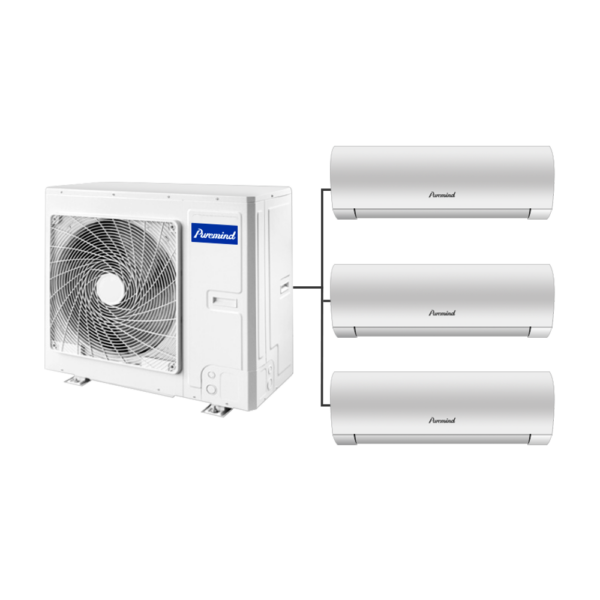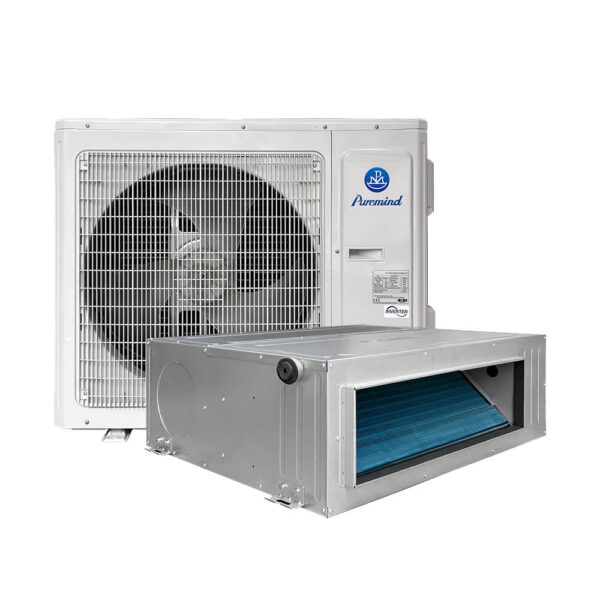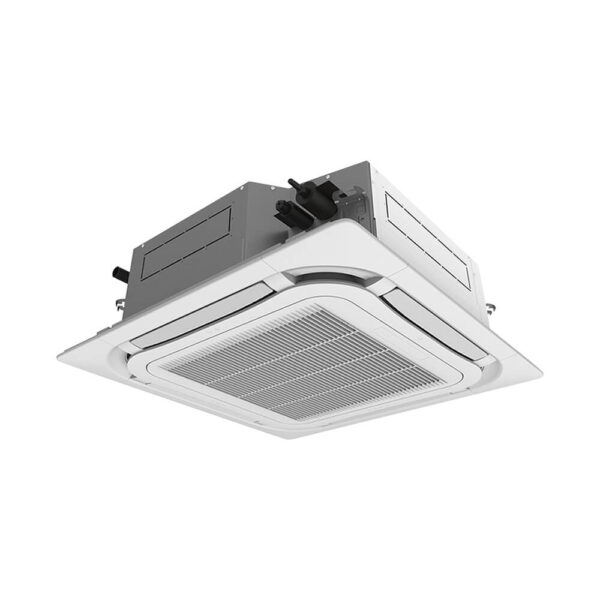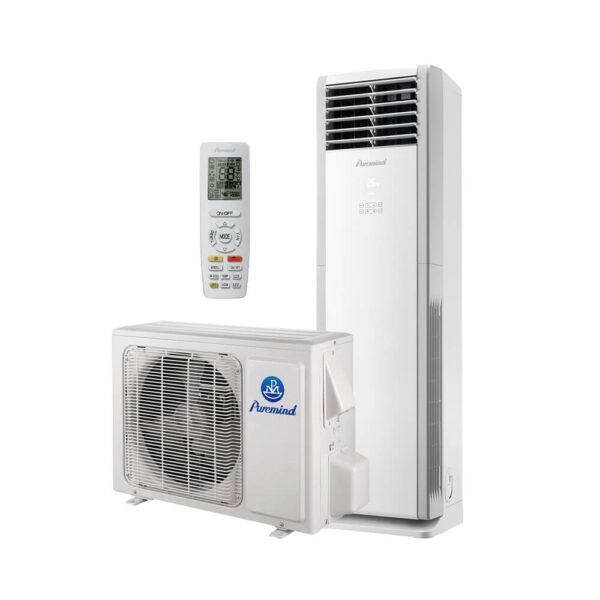Best HVAC Systems and Industry Insights for 2025
The demand for the best HVAC solutions has never been higher. With commercial and residential markets evolving, wholesalers, suppliers, and distributors must understand which systems, technologies, and trends are shaping the industry in 2025. From energy efficiency to smart building integration, the HVAC industry is transforming at a rapid pace, creating new opportunities across the supply chain.
What Defines the Best HVAC Systems?
When evaluating the best HVAC systems, several factors matter: efficiency, durability, flexibility, and compliance with global standards. Contractors and distributors are increasingly focusing on systems that not only deliver comfort but also meet stringent environmental and energy regulations. The “best” system varies depending on application—whether for a high-rise office, a hospital, or a retail chain—but common traits remain consistent.
Key Features of the Best HVAC Systems
- Energy Efficiency: Reduced energy consumption and lower operating costs.
- Advanced Controls: Integration with IoT and AI for predictive maintenance.
- Scalability: Modular designs suitable for different building sizes.
- Compliance: Use of eco-friendly refrigerants and adherence to ASHRAE standards.
- Reliability: Long service life with minimal downtime.
The Role of Best HVAC Systems in the Commercial Sector
Commercial projects—such as shopping malls, corporate offices, hospitals, and industrial plants—require large-scale, reliable solutions. Best HVAC systems in this space are designed to maintain indoor air quality while minimizing environmental impact. Contractors often look to suppliers for recommendations on high-performance equipment, making supplier knowledge a critical factor in product adoption.
Market Size and Growth Trends
The global HVAC industry is expected to surpass USD 280 billion by 2025, driven by rising demand in both developed and emerging markets. Several megatrends are fueling this growth:
- Urbanization: Expanding commercial infrastructure in Asia-Pacific.
- Green Building Initiatives: LEED and other certifications pushing for eco-friendly systems.
- Digitalization: Smart controls becoming the norm in modern installations.
- Regulatory Standards: Governments mandating efficiency improvements.
Top HVAC Technologies in 2025
The definition of the best HVAC solutions continues to evolve. The following technologies dominate in 2025:
1. Variable Refrigerant Flow (VRF) Systems
VRF systems offer superior zoning capabilities, making them highly efficient for multi-story buildings. Their ability to simultaneously heat and cool different zones makes them a top choice in commercial projects.
2. Modular Split Systems
Products like split air conditioners have gained popularity due to flexibility and energy efficiency. They can be scaled to fit projects ranging from small offices to large complexes.
3. Geothermal Heat Pumps
Harnessing renewable energy, geothermal systems are considered one of the most sustainable HVAC options. Though upfront costs are high, long-term energy savings are significant.
4. Smart Thermostats and Controls
With IoT integration, smart controls allow predictive maintenance and energy monitoring, reducing downtime and enhancing performance.
Why the Best HVAC Systems Matter to Wholesalers and Suppliers
For wholesalers and suppliers, promoting the best HVAC systems is essential to remain competitive. Contractors rely on suppliers for product recommendations, technical support, and training. By aligning with the best-performing technologies, suppliers can increase sales and strengthen relationships with contractors.
Key Benefits for Suppliers
- Access to new commercial projects and long-term contracts.
- Enhanced reputation as a trusted partner.
- Opportunities to cross-sell complementary products.
- Stronger relationships with contractors and distributors.
Challenges in Selecting the Best HVAC Systems
While opportunities are vast, challenges exist:
- Initial Costs: Advanced systems require significant investment.
- Technical Training: Staff must stay updated on evolving technologies.
- Supply Chain Volatility: Material shortages and logistical issues may affect availability.
- Regulatory Changes: New refrigerant laws may require quick product adjustments.
Industry Insights: Contractor and Supplier Collaboration
The most successful projects are built on strong partnerships between contractors and suppliers. The best HVAC solutions often come from collaborations where suppliers provide not only equipment but also expertise, training, and after-sales support.
Case Study: Energy-Efficient Retrofit in 2024
In a U.S. hospital retrofit, suppliers worked with contractors to implement modular split systems and advanced chillers. The result: 30% lower energy consumption and improved patient comfort. This case illustrates the importance of suppliers offering the best HVAC solutions to maximize project outcomes.
Future Outlook: Best HVAC Systems Beyond 2025
Looking forward, the best HVAC systems will be those that balance efficiency, sustainability, and digital integration. With climate change concerns and energy costs rising, technologies that meet these needs will dominate the market.
Predicted Developments
- Wider adoption of low-GWP refrigerants.
- Expansion of hybrid renewable-HVAC systems.
- Growth of AI-powered diagnostics.
- More collaboration between global suppliers and regional contractors.
Industry Resources
Suppliers, wholesalers, and distributors can stay updated through industry media like Cooling Post, which offers market insights, regulatory updates, and technology news relevant to the HVAC sector.
Conclusion
The search for the best HVAC systems in 2025 is driven by sustainability, technology, and collaboration. For wholesalers, suppliers, and distributors, understanding these trends is key to capturing new opportunities. By aligning with contractors, embracing innovative technologies, and focusing on energy efficiency, businesses across the HVAC value chain can position themselves for long-term success.
As the industry evolves, those who adapt quickly will be best placed to thrive in the global HVAC market.







